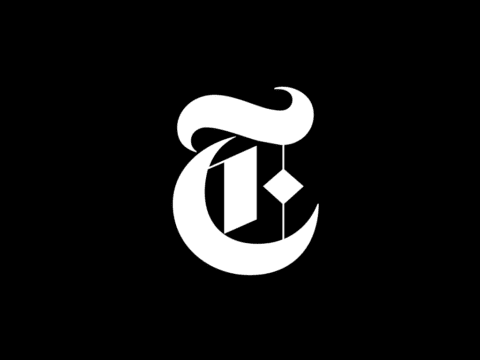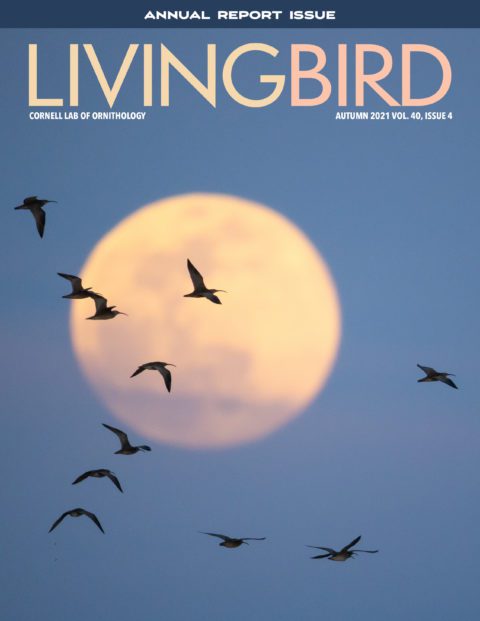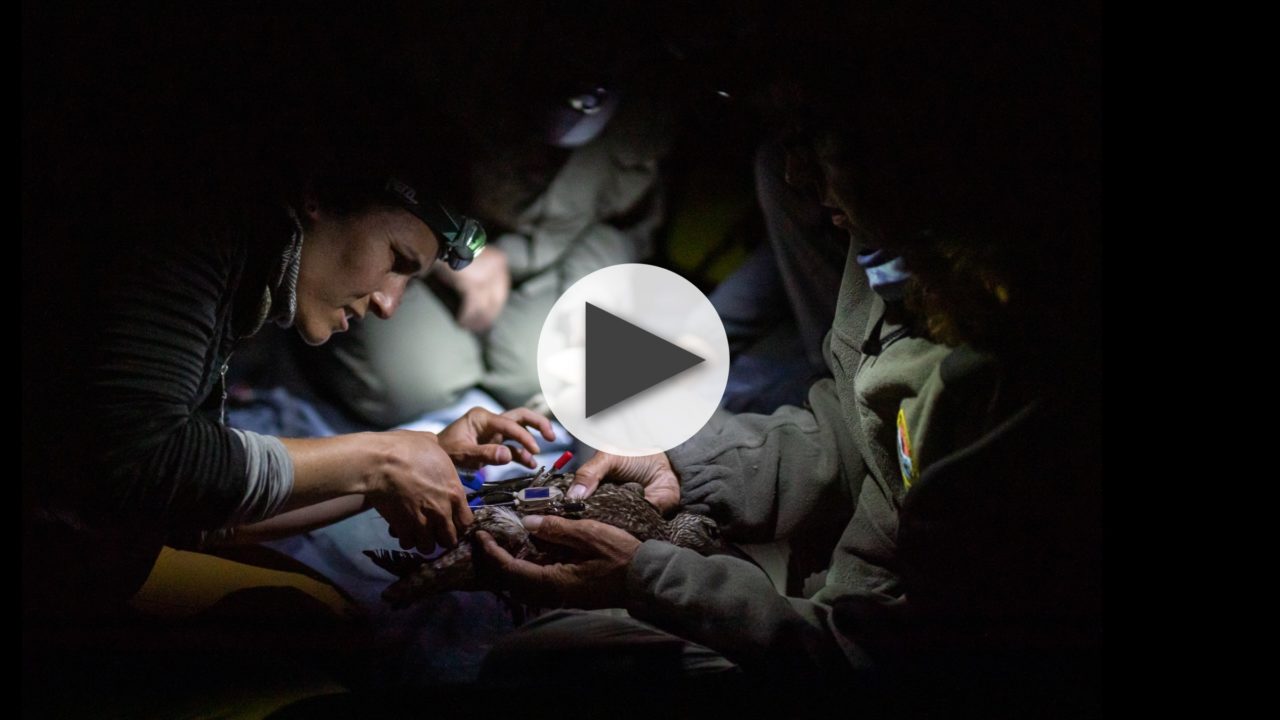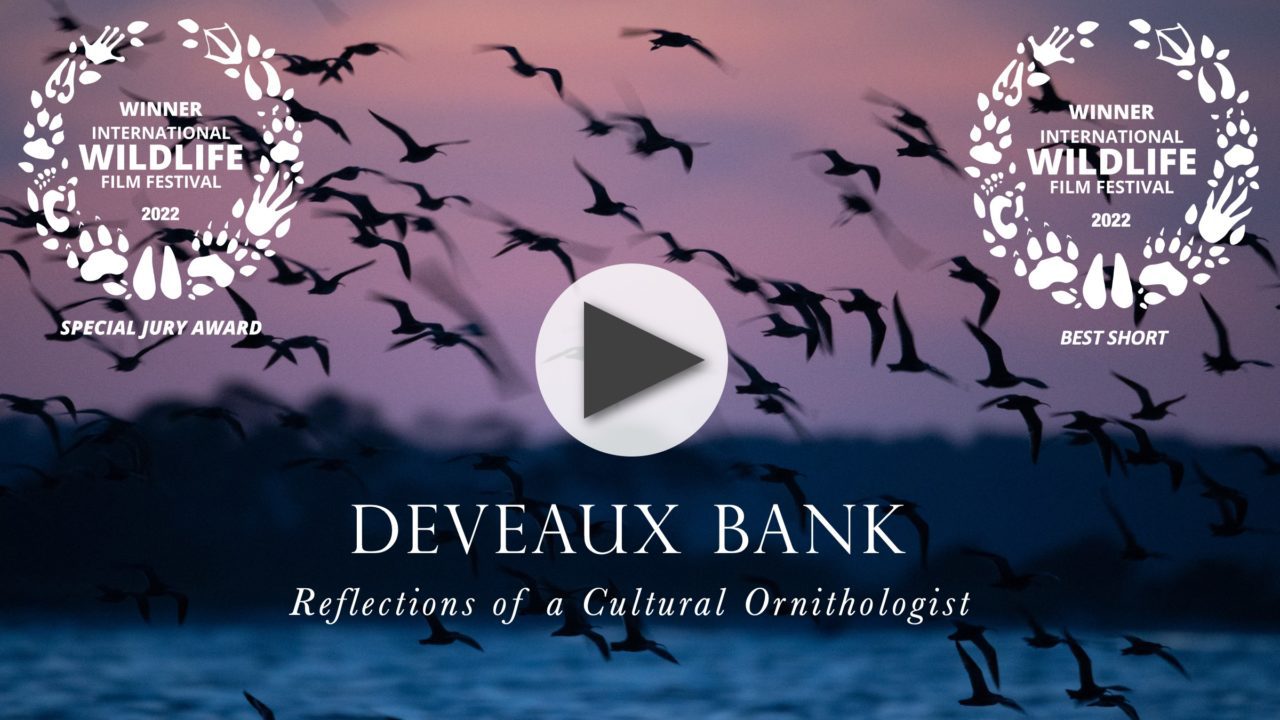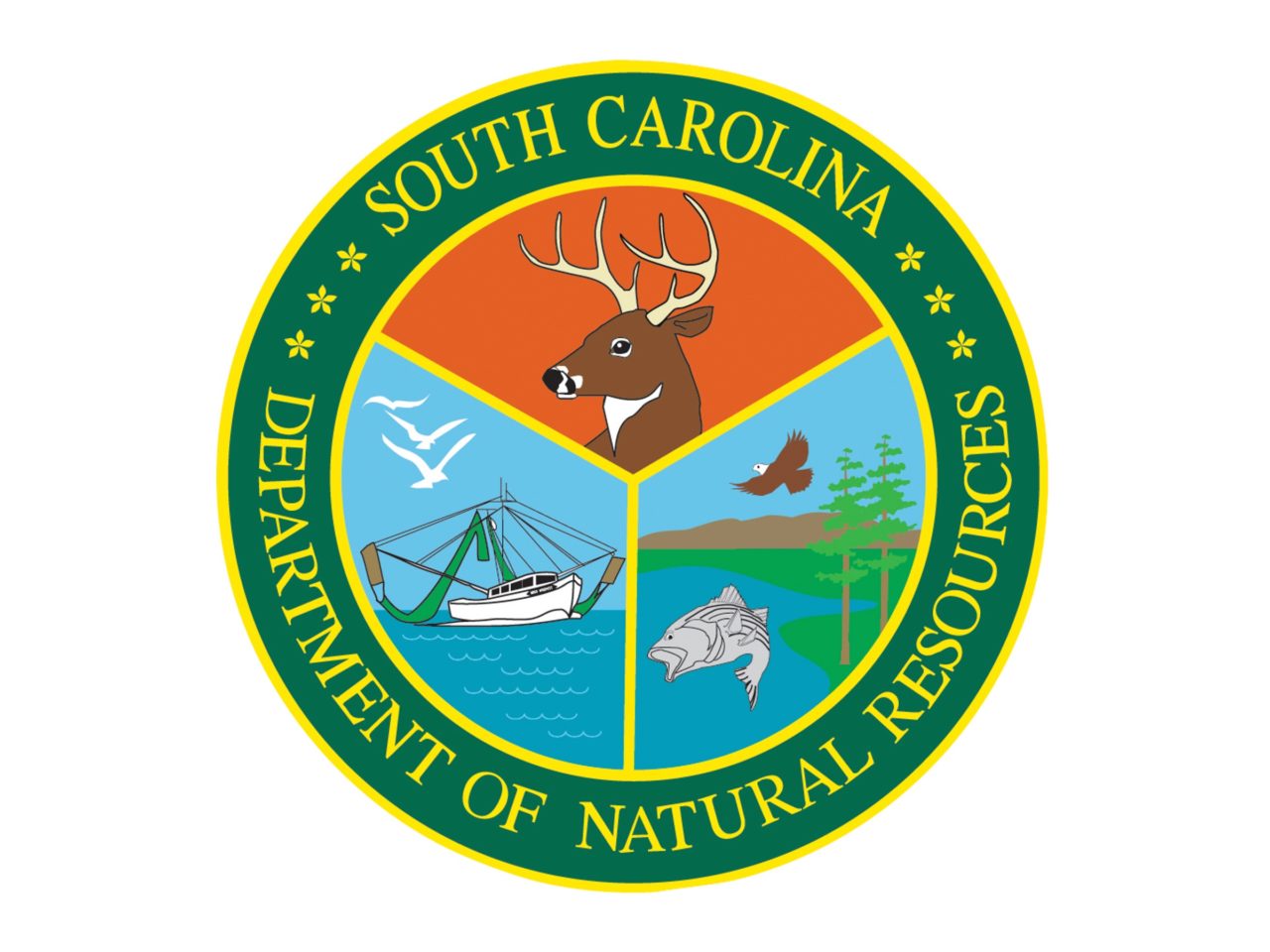Discovery at Deveaux: Safe Refuge for 20,000 Whimbrel
"This was one of the most mind-blowing discoveries in the history of 20th- and 21st-century ornithology."
Hiding in Plain Sight
Felicia Sanders, seasoned biologist and Shorebird and Seabird Project Coordinator for the South Carolina Department of Natural Resources, had a sneaking suspicion. After dusk on a small barrier island just 20 miles south of Charleston, South Carolina, she watched thousands of Whimbrel—a rapidly declining migratory shorebird—streaming onto the low-lying dunes. Sanders knew it could be a gathering of unprecedented scale, hiding in plain sight, under cover of darkness. But without other witnesses to count and verify, the phenomenon was almost too wild to believe…
In May 2019, Sanders gathered a team of shorebird biologists to census the nocturnal Whimbrel roost at Deveaux Bank, and invited The Center for Conservation Media to document the effort to confirm her discovery.
Watch below to join the biologists in the moment of discovery:
I think most people just see a sandbar and maybe some birds flying over it but they don’t realize the incredible birdlife that lives and roosts there.I’ve been going to Deveaux for decades and we go during the day to monitor the pelicans, the terns, some of the shorebirds that nest there. [oh my gosh] but it’s very rare that I go to Deveaux at night. [there’s so many…the point it looks black but those are actually all whimbrel] I started realizing there’s maybe a lot more going on at night than we see during the day.[oh my gosh]Deveaux Bank is a large sandbar. It’s actually shaped like a horseshoe. In the interior are broad marshes and some dunes, some grasses, some low shrubs. It has wide, fairly exposed beaches. A couple years ago I was anchoring the boat on the back side and I just happened to be there right at dawn. I could just hear swirls of birds passing over my head. Thousands of whimbrel came off the island. I was just amazed and I thought: how had I never seen this before? I realized it needed further investigation and documentation.A whimbrel is a type of curlew. It has a long decurved bill for probing in the sand for crabs and invertebrates and it’s a long-distance migrant.They are spending six, seven months of the year down on the northern coast of South America and then they’re making this jump up to the Atlantic coast of the U.S. From there they’re making flights up to their Arctic breeding grounds. We’re talking days, sometimes even a week without stopping, without food, without sleep. What that means though is that the places that they do choose to stop are really critically important.On the northern migration a lot of the whimbrels stop in South Carolina for a month, a month and a half. That whole system of marshes and undeveloped coastline is critical to the survival of this species.They spread out all across the coast throughout the day to forage in the mud flats and then they come together to spend the night. And in South Carolina that’s at Deveaux Bank.It’s May 16th, and it’s pretty close to a full moon so the tides are extreme and the whimbrel will be concentrated at a few spots so it’s a really great time to count them. So Abby’s stationed at the southwest point of Deveaux kind of on the sand spit, the very tip. We’re kind of right in the middle looking for the birds coming mostly from northeast. Here comes our first big group, maybe about 80 just came in.These birds could theoretically be coming in from a tremendous distance away.As the tide rises and night falls, they’re leaving those foraging areas where they’ve been eating all day and coming out to these areas that are a little bit more remote where they’re safe from predators. That was another 40 that just came in. Curlews worldwide are a group of birds that we know is prone to extinction and whimbrel are among those. So this group here is like 180 flying over us right now.Somewhere around forty thousand whimbrel use the Atlantic flyway of North America. Hundreds and hundreds of whimbrels over the marsh. That population already represents a decline of about half from where they were 20 years ago. By now there’s literally thousands of birds all around us.It’s the craziest thing I’ve ever seen.207…We won’t be able to count them much longer because it’s just too hard to see them but you can hear them calling still as they’re coming in. There’s another group and another group. Oh my gosh, the entire the entire point all the way to those signs is covered in birds now.We were all tallying our numbers and it took quite a while to go through our notes. 64. 175. I remember I wrote down the numbers from all the parties 140…700. And could not believe it. 65…400…750…207 Holy Moly that’s a lot of birds…a lot of whimbrel. Yeah. It was about 19,500 birds That blew my mind because that’s half – literally half of estimates of how many whimbrel there are on the Atlantic coast. For all of them to be coming in to roost on this one tiny island that just…that blew my mind. We’ve never encountered this many whimbrel in any one spot anywhere else in the world. That is unique. That means that Deveaux is a really special place.A discovery of this size really seemed impossible. How could there be a half of the estimated population at one place and personally in my backyard in South Carolina. There are certain things that we should refuse to destroy and those things that we should refuse to destroy are those things that really define us, that make us unique, that bring us together. And in South Carolina, by preserving those places, we have refused to destroy the best part of us. We’ve created good habitat for whimbrel to give them a chance and we just have a responsibility to do what we can to keep them from becoming extinct. Because we know that the future of that species is in our hands.We know how the decline of whimbrel potentially ends. We know how that story could end. But their population size is still large enough at this moment,that we have the time to do something before it’s too late.Seeing thousands of whimbrel come in to roost at night, it kind of just gives you hope that that you know so many birds exist. It’s one of the most phenomenal sights I’ve ever seen in my life.I don’t think there is anybody that doesn’t love a beautiful thing. You don’t even have to know what they’re called, what the birds are, and you watch them come in on that sunset and you have to be amazed, you have to be astounded, and you have to be proud to know that that’s here.
End of Transcript
The Power of a Visual Story
This phenomenon—and the dedicated work that preserved its possibility and secures its future—had the potential to inspire: to fundamentally reshape the way people understand places on the ground as the pillars of Flyways, and to see our own homes and landscapes as shared with migratory birds. The impact of the film began with our partners first, who realized the potential of an immersive visual story to transport viewers to a shared experience for diverse decision-makers and stakeholders alike — audiences crucial to demanding and securing lasting change for shorebirds in South Carolina.
There are certain things that we should refuse to destroy—those things that define us, that make us unique, that bring us together. And in South Carolina, we have refused to destroy the best part of us … We’ve created good habitat for the Whimbrel, and we know that the future of that species is in our hands.
Chip Campsen, South Carolina State Senator
Then in June 2021, our partners at the South Carolina Department of Natural Resources, the Coastal Conservation League, Manomet, and Audubon South Carolina co-hosted an event at the Charleston Museum to screen the Announcement Film for community leaders, regional press, and legislators. Beyond a written press release, the film uniquely opened the door to gather stakeholders in one room to celebrate common ground.
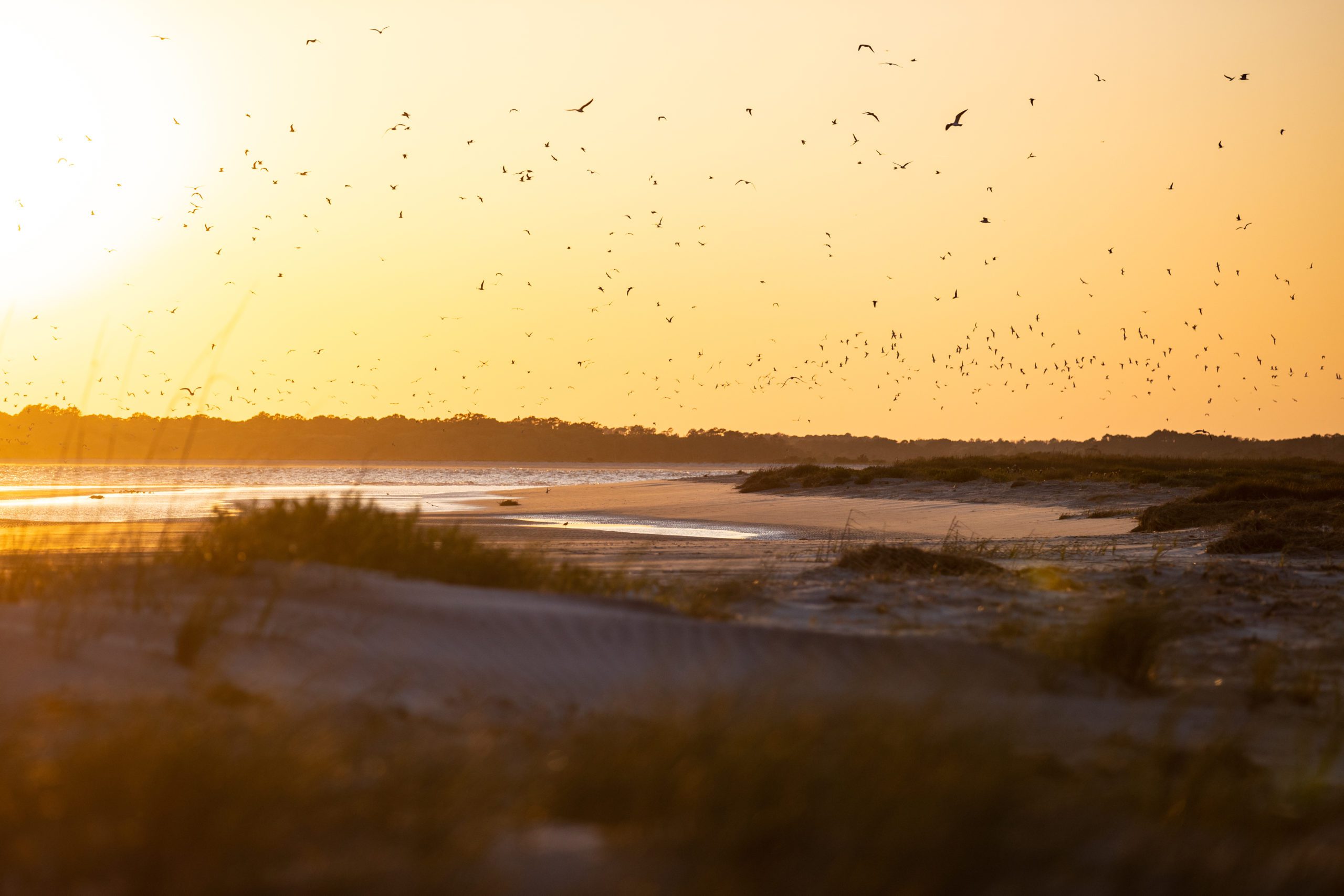
You watch them come in on that sunset, and you have to be amazed, you have to be astounded — and you have to be proud to know that that’s here.
Dr. J. Drew Lanham, Clemson University
Spreading the Word: Building Community Support
Locally, guided by the expertise of partner organizations, community and municipal leaders, we knew securing protections for whimbrel at Deveaux Bank—and for shorebirds across the Atlantic Seaboard—would first require the support of coastal constituent communities, before reaching decision-makers.
Nationally, our coverage equipped major outlets like CBS Sunday Morning and the New York Times to tell the story widely, shining a national spotlight on the globally significant discovery — thereby enabling our partners on the ground to re-energize an engaged local community, committed to preserving the phenomenon for future generations.
 CBS News ArticleA Migration Odyssey: Tagging Whimbrel Shorebirds
CBS News ArticleA Migration Odyssey: Tagging Whimbrel Shorebirds New York Times ArticleLeave This Wondrous Island to the Birds
New York Times ArticleLeave This Wondrous Island to the Birds Living Bird ArticleA Miracle of Abundance as 20,000 Whimbrel Take Refuge on a Tiny Island
Living Bird ArticleA Miracle of Abundance as 20,000 Whimbrel Take Refuge on a Tiny Island
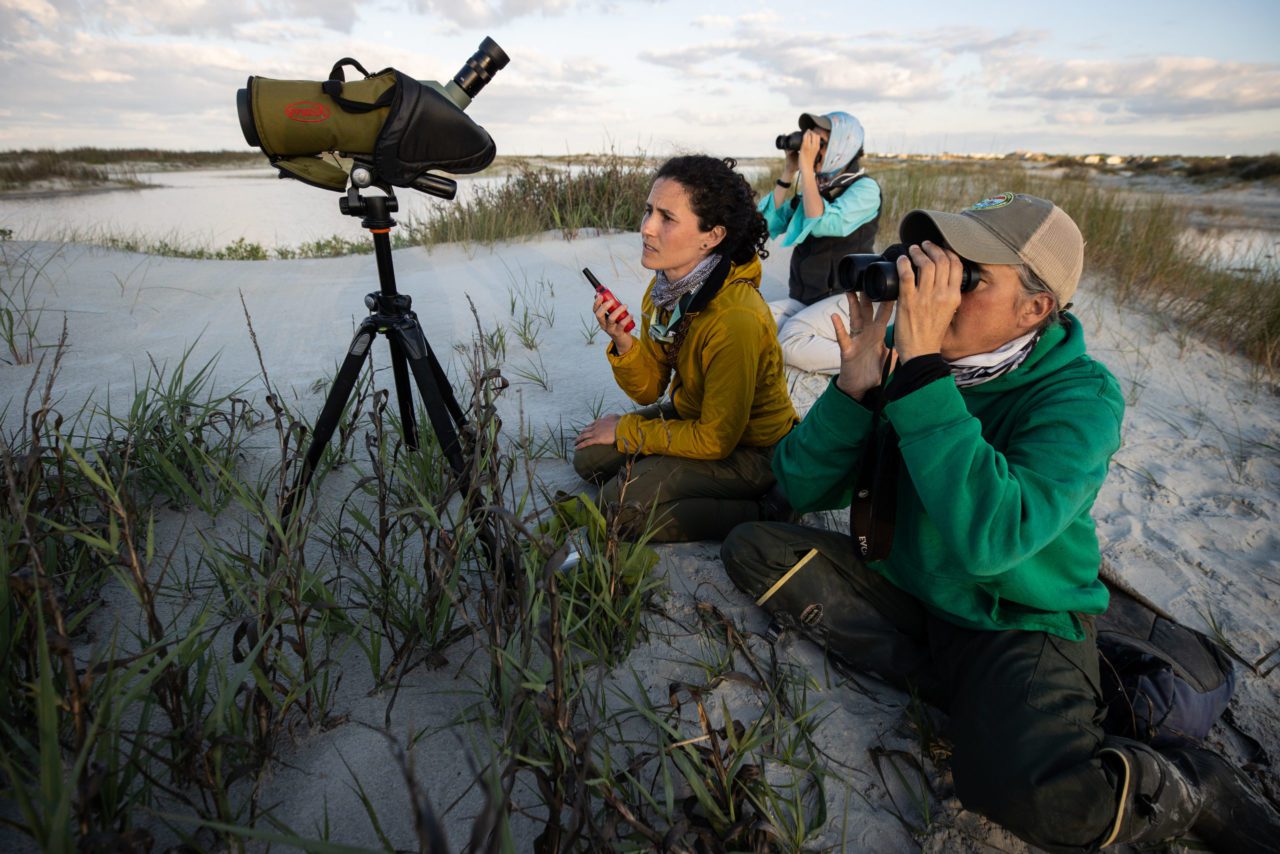
This media has been the greatest conservation tool in my 21 years at the South Carolina Department of Natural Resources.
Felicia Sanders, SCDNR
Real Outcomes for Birds & Habitat
Leveraging momentum from a groundswell of public support and attention, the Department of Natural Resources increased stewardship capacity and law enforcement in the Deveaux Bank area, and the United States Coast Guard has re-routed routine flights around the island to prevent disturbance to nesting and roosting birds.
In September 2021 — just four days after the CBS Sunday Morning broadcast — the Board of South Carolina’s Department of Natural Resources voted to advance new statewide beach regulations to the state legislature, in an effort to better protect shorebirds from disturbance in sensitive areas (including Deveaux Bank). The same rules had been rejected one year prior.
Finally, in May 2022, the South Carolina General Assembly passed the proposed rules into law.
Over multiple years of close collaboration with partners, our media equipped on-the-ground conservation champions with the tools to create and leverage television broadcasts, local screening events, and diverse press coverage, to reach millions of people. But most importantly, it compelled audiences with a stake in—and bearing on—Deveaux’s future.
But putting Deveaux Bank on the map is only the beginning…
Roost Ecology Primer
Biologists are now working at Deveaux Bank to better understand how Whimbrel use South Carolina’s dynamic coastal ecosystems. New tracking data are beginning to reveal the importance of a healthy network of offshore refuges, like Deveaux, for preserving shorebird populations across the Atlantic Flyway.
“The Wider View”
Beyond its staggering ecology, the discovery at Deveaux Bank reveals a critical intertwining of human histories—and futures—with the coastal landscape and its birds. In a Living Bird essay (and the film at left), acclaimed South Carolina ornithologist, author, and poet Dr. J. Drew Lanham shares a broader vision for the merging of social justice and conservation.
To learn more about coastal conservation in South Carolina, and how you can help, visit our partners online:



